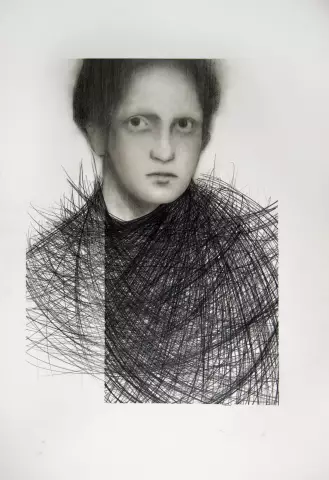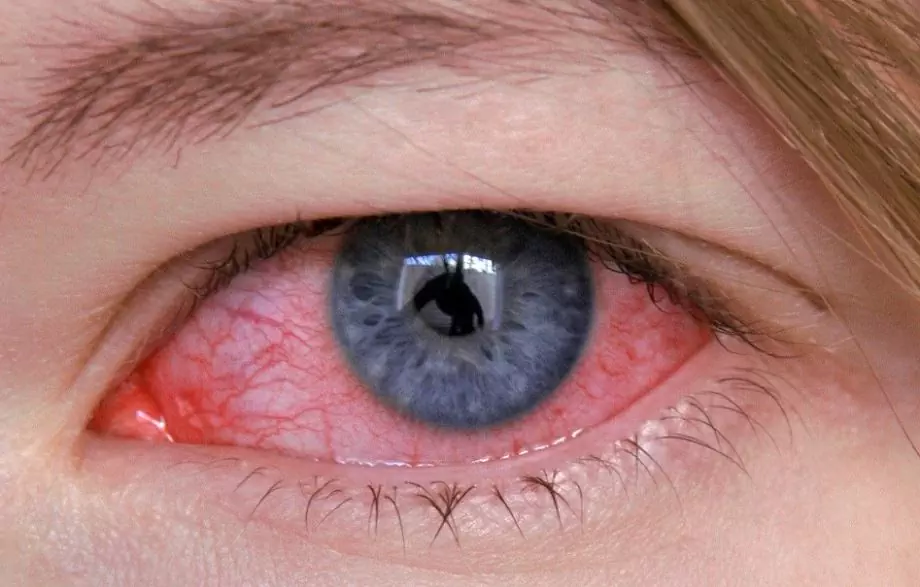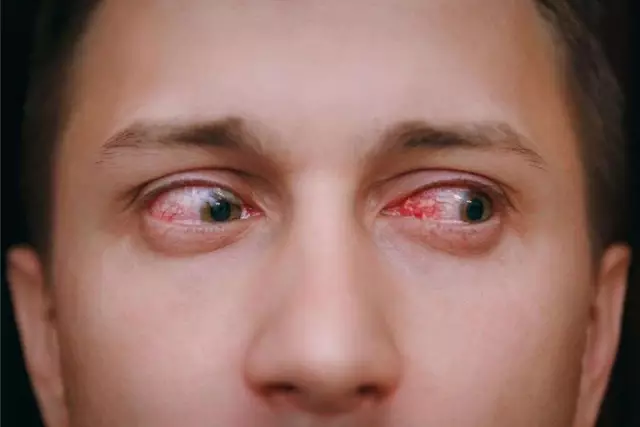- Author Rachel Wainwright [email protected].
- Public 2023-12-15 07:39.
- Last modified 2025-11-02 20:14.
Diphyllobothriasis
Brief description of the disease

Diphyllobothriasis is an infection of the body with intestinal helminths Diphyllobotrium, accompanied by damage to the gastrointestinal tract, megaloblastic anemia.
Of greatest importance is the broad tapeworm, one of the representatives of the tapeworm that causes diphyllobothriasis. In length, the parasite reaches 2-10 m, it consists of a head, a neck and a long articular body.
Reasons for the appearance
More prone to diphyllobothriasis are those who live in regions with a temperate, cold climate (mainly in the northern hemisphere) and developed fisheries in freshwater reservoirs. The final hosts of the parasite are fish-eating animals and humans. Intermediate hosts are cyclops crustaceans and freshwater fish (salmon, perch, pike, ruff, burbot and others).
The causative agent of diphyllobothriasis at the stage of maturity parasitizes in the small intestines of humans or animals predisposed to it, after which helminth eggs are released into the external environment with their feces. The eggs enter the water and after 2-5 weeks the embryos appear, which are swallowed by freshwater crustaceans. Further development of embryos in the form of procercoids occurs in muscles, fiber, liver, and tissues of fish that feed on crustaceans. Here helminths pass into their next form of development, which is dangerous for humans.
Infection with diphyllobothriasis occurs due to the consumption of raw, poorly processed, slightly salted infected fish and its eggs.
You can also become infected with diphyllobothriasis through knives, dishes, boards, with the help of which the infected fish was cut.
Diphyllobothriasis symptoms
The incubation period of diphyllobothriasis is 30-50 days. During this time, helminths pass into sexually mature forms, become fixed in the intestines and begin to function.
Diphyllobothriasis begins gradually. There is nausea, epigastric pain, vomiting, appetite worsens, stool is disturbed.
The main symptoms of diphyllobothriasis in a later stage: fatigue, dizziness, weakness, pain, paresthesia, cracked tongue (later the tongue becomes smooth). There is tachycardia, the murmur of the top and systolic murmur at the apex, hypotension.
With the help of laboratory blood tests of a presumably infected patient, one can see such latent symptoms of diphyllobothriasis - a decrease in hemoglobin, erythrocytes, a high color index, an increase in direct bilirubin, neutropenia, leukocytosis, accelerated ESR.
If diphyllobothriasis passes in a severe form, funicular myelosis appears, expressed in a violation of deep sensitivity, mild paresthesias, and weakness of the legs.
With a prolonged course of diphyllobothriasis, intestinal obstruction develops
Diagnosis of the disease
An important role in the diagnosis of diphyllobothriasis is played by the availability of information about the whereabouts of the patient in the last month or two, about the facts of eating or cutting freshwater fish.
There are cases when parts of mature parasites were excreted in the feces. This is also a characteristic symptom of diphyllobothriasis: unlike bovine or pork tapeworm, only scraps of the parasite's body come out.
It is also important to distinguish diphyllobothriasis from Addison-Birmer anemia. To do this, examine the contents of the stomach for the presence of the Castle factor, which is absent in anemia.
The final diagnosis of diphyllobothriasis can be made after the eggs of Diphyllobothrias are found in the feces.
Treatment of diphyllobothriasis
Treatment of diphyllobothriasis is prescribed immediately after its diagnosis.
If the anemia is severe, before the elimination of the helminth begins, the patient is prescribed a course of vitamins and iron preparations. Vitamins B12 are injected 2-3r / week for a month.

For the treatment of diphyllobothriasis, Praziquantel is used (its synonyms are Azinox, Biltricid). The effectiveness of this therapy is 95%. If the patient has contraindications to this drug (lactation, cysticercosis of the eyes or liver, liver failure, age up to 4 years, pregnancy), pumpkin seeds are prescribed.
Pumpkin seeds (dried or raw, pounded with water and honey) in an amount of 300g are taken on an empty stomach for one hour.
After the treatment of diphyllobothriasis, the patient, even after the complete release of helminths, is observed for at least 3 months, the state of feces and blood is necessarily monitored.
In rare cases, when diphyllobothriasis is complicated by intestinal obstruction, an operation is prescribed.
Disease prevention
To prevent diphyllobothriasis in regions of suspected infection, explanatory work should be carried out, sanitary control should be provided for the discharge of wastewater, for the condition of the banks and beaches, for fish products entering production, markets and shops.
After the patient is diagnosed, it is necessary to examine his family, and, if necessary, prescribe treatment.
YouTube video related to the article:
The information is generalized and provided for informational purposes only. At the first sign of illness, see your doctor. Self-medication is hazardous to health!






